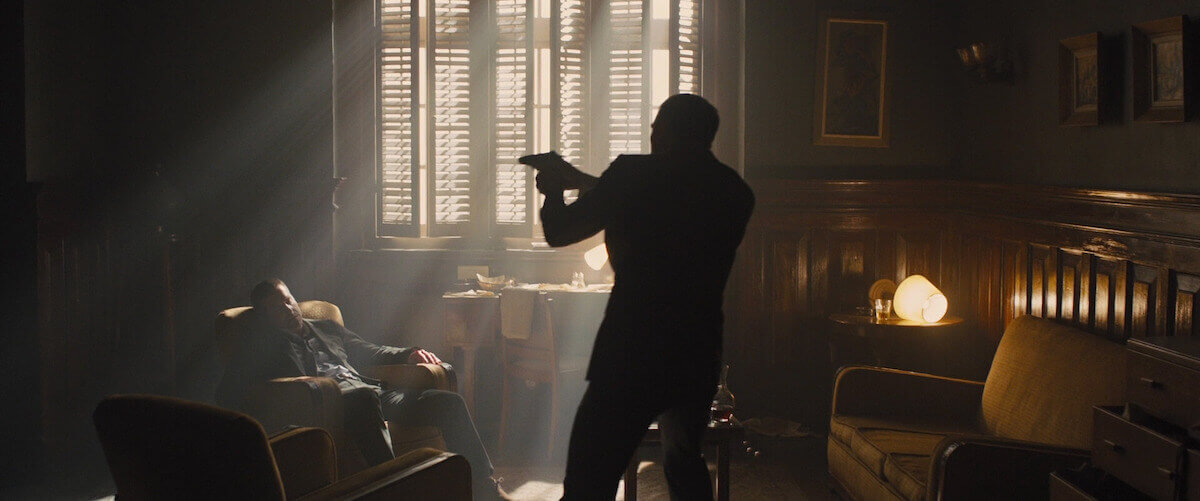The best films are ones that create immersive and believable worlds. Worlds that make you forget that you are watching a film, and make you feel like you are participating. There are many filmmaking techniques that aim to elicit this feeling in audiences. When it comes to cinematography and lighting, motivated lighting is perhaps the most fundamental.
Understanding the value of a motivated light sources and how to create it will immediately make you a better cinematographer. In this article, we’ll analyze the function of this lighting style in filmmaking as well as what you need to know to create it.
Lighting techniques in film
First, let’s define motivated lighting
Motivated lighting sounds rather self-explanatory. But to understand it’s storytelling value, it is important to differentiate it from other types of lighting in film.
CINEMATIC LIGHTING SETUPS
What is motivated lighting?
Motivated lighting is the technique used to imitate or accentuate existing light sources. Motivated light is commonly described as light within a shot that can be justified. This approach to lighting allows the audience to believe the world that they are seeing. It also creates more cinematic lighting styles with more depth and contrast.
What are motivated light sources used for?
- Creating believable worlds
- Accentuating a practical light
- Justify light that comes from an off-screen source
Cinematic types of lighting in film
Create believable worlds
One of the main functions of motivated light sources is to create believable and cohesive worlds. In reality, all light is justified by its source. Daylight illuminates from the sun. Your living room is illuminated by a lamp. The road ahead is illuminated by headlights on your car.
In film, however, film lights are often used to provide the correct amount of exposure. Lights that provide exposure are often off-screen. To keep the audience engaged in the story rather than wondering where light is coming from, it’s important to keep all light motivated.
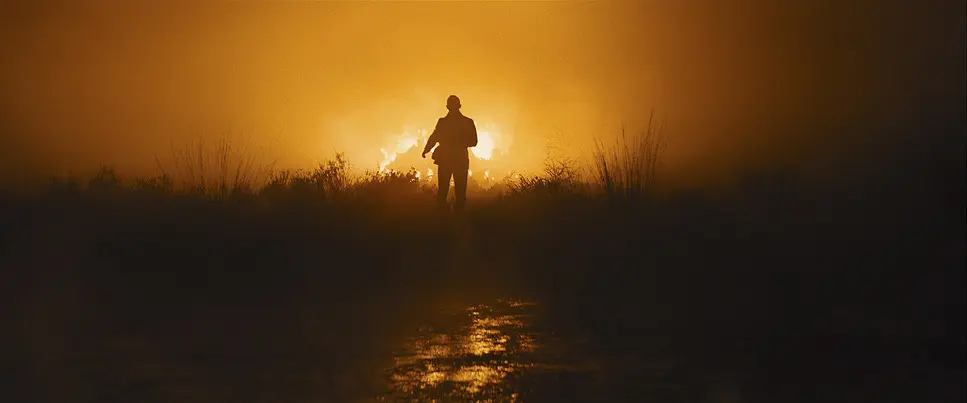
Motivated lighting examples • Skyfall
Unmotivated light sources can be found throughout early films in cinema where filmmakers used lights to properly expose scenes just so they can come up clearer on film.
These days, camera technology and lighting technology have allowed cinematographers to motivate light in very unique ways. In 1917, Roger Deakins, one of the best cinematographers in cinema, created a massive rig to emulate the motivated light of a burning church.
Check out how the rig was made and how the motivated light resulted in a cinematic scene in the video analysis below.
Motivated lighting examples in 1917 • Subscribe on YouTube
Motivated light sources are not only important in properly exposing subjects and sets, but creating a believable world that immerses the audience within the story. Cinematic lighting that is motivated can captivate an audience and for a while, bring them into the world of the film.
Related Posts
Purpose of lighting in film
Know your lights
One of the key steps to using motivated light to create believable worlds is to know the different types of lights you have available. This will inform you on which light to use to accentuate an already existing light. This is one of Roger Deakins’ key tips to learning how to light a scene.
Roger Deakins Types of lighting in film • Subscribe on YouTube
A common example of when knowing your lights comes in handy is capturing a moonlit night shot. Oftentimes, the moon as a key light will not be strong enough to properly expose your night shot. So other lights have to be used to accentuate the moonlight and motivate the source.
But which light do you use? Knowing your lights and the effects of each such as intensity, color temperature, and softness will help you find the right motivation for your light source.
Even in traditional cinematic lighting setups such as the three-point-lighting setup, using motivated lights for your key light, rim light, and fill light will result in a more cinematic image.
When it comes to fill light specifically, the motivation of the light can change the style and mood of the shot. Check out the video below to see how fill light can be a determining factor to the final look of a scene.
Types of lighting in film The Fill Light • Subscribe on YouTube
The motivation of a fill light can vary greatly. It can simply be motivated by the bright bounce off of a white wall or it can be motivated by a dim practical like a candle. No matter what it is, having a motivated fill light will create more visually interesting shots.
Lighting techniques in film
Accentuate practicals
Oftentimes, motivated lighting in film is used to accentuate the light coming from practicals or in-frame light sources. There are numerous reasons to utilize practical lights in a shot. They add depth, create separation, and provide narrative information. One of their best functions, however, is their ability to clearly justify light sources.
For example, in this shot from Get Out, the light that falls onto the character seems to come from the practicals of the two lamps on both sides as well as the computer in front of her.
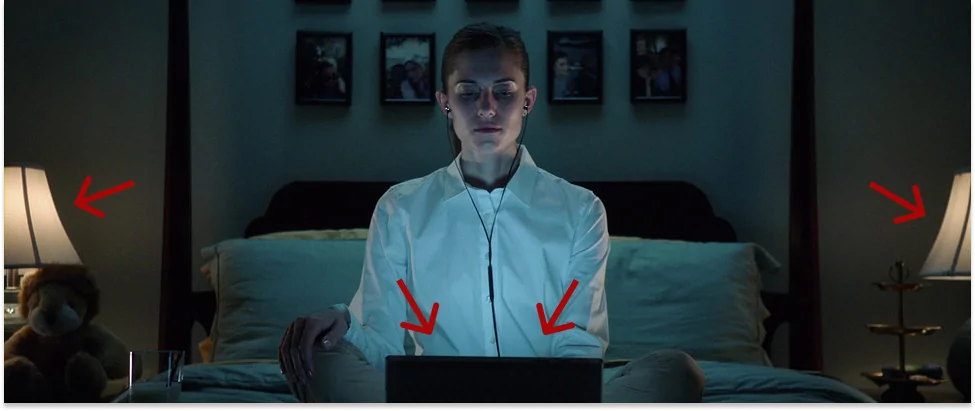
Get Out • motivated lighting examples
However, the two lights and the computer may not have the intensity to properly expose but still look great within the frame. To properly expose the subject, off-screen light sources may be used as motivated light from the lamps and computer.
Of course, not all light has to be motivated by artificial sources. Take a look at this shot from the film Captain Fantastic for example. The light that falls onto each character is motivated by the windows to the right of the frame.
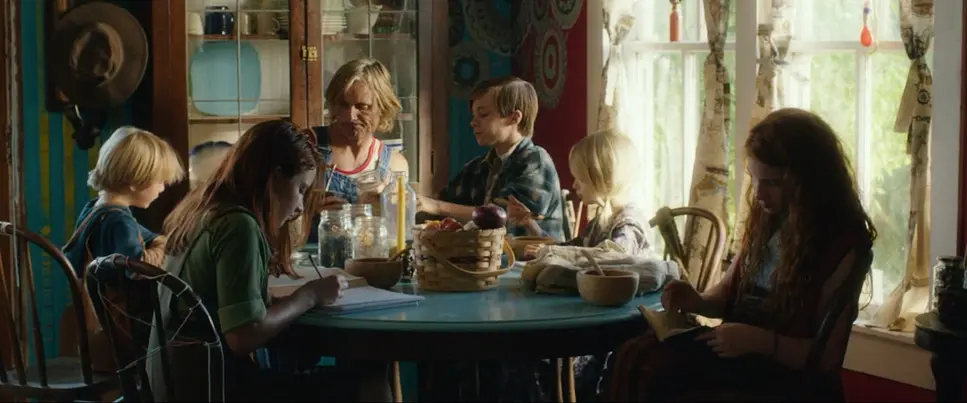
Captain Fantastic • Motivated lighting examples
The direction of the light is motivated by the position of the window. If a light source exposed the characters on the other side, the light would be unmotivated, rather confusing, and aesthetically unpleasing.
Practical lighting is one of the keys to cinematic imagery in film. But there are many things to consider when learning to motivate your light from practicals. In the video below, you’ll learn how and why Roger Deakins likes to justify the light in his shots using practicals and motivated lighting in film.
Motivated Lighting examples with Roger Deakins • Subscribe on YouTube
Like Deakins mentioned, motivated lighting in film isn’t necessarily naturalistic lighting. It is simply light that is logically created within the world of the film. This principle will teach you how to use light to tell a story and create a world rather than simply creating a lighting style without personality or motivation.
Related Posts
Cinematic lighting techniques in film
How to create motivated light
Once you start to analyze the work of great cinematographers, you’ll realize the value of motivated lights and how important it is when creating cinematic images.
Let’s take a look at the three fundamental steps to creating motivated light.
Work with the set
First and foremost, it’s important to work with the set of a scene. Whether it is a studio or a location, light should be motivated. Once you understand the blocking and staging of a scene, start to look at where light naturally comes in.
This may be through windows, doors, or simply bouncing off of white walls. Working with the set at hand will help you find ways to motivate how you light your scene.
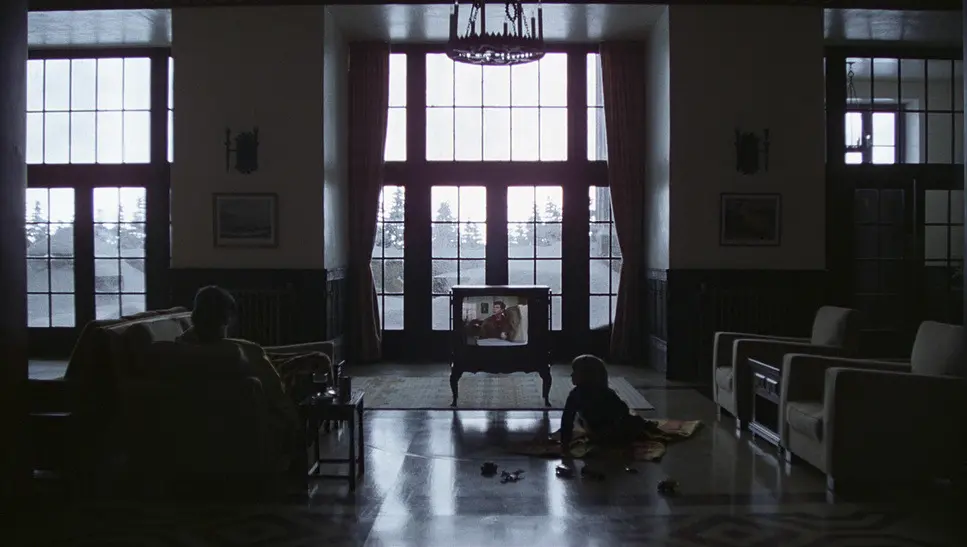
The Shining • Types of lighting in film
Incorporate practicals
Of course, you will not always be able to shoot your scene solely with natural light illuminating from windows and doors. You’ll need other light sources to properly expose your image and create the lighting style you desire.
To motivate these light sources, it’s essential to incorporate practical lights into your shot. Practicals will be able to justify to the audience where light is coming from and help create a more cohesive illusion.
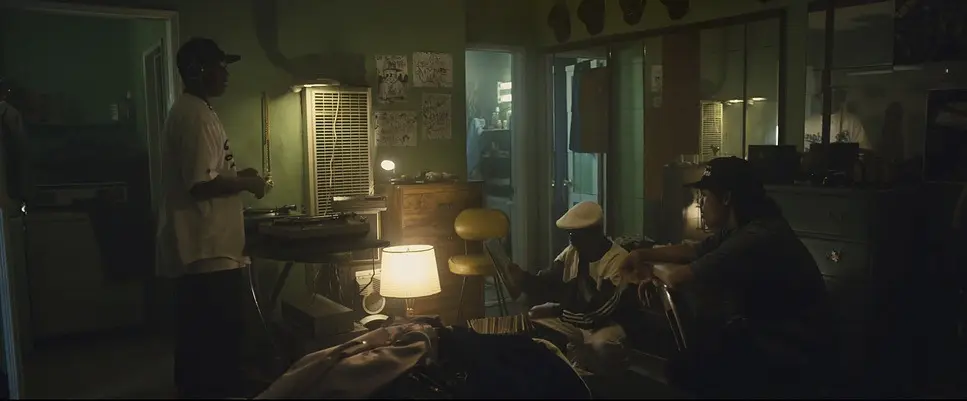
Straight Outta Compton • Types of lighting in video production
Understand color temperature
If you plan to augment your practicals for the sake of exposure, it’s important to match the color temperatures of the lights. For example, moonlight requires a cooler color temperature while candle light is much warmer.
This does not mean that all light within a scene must be the same color temperatures. It is valuable to mix different types of light. The point is to make sure that the light accentuating another light both match in color temperature.
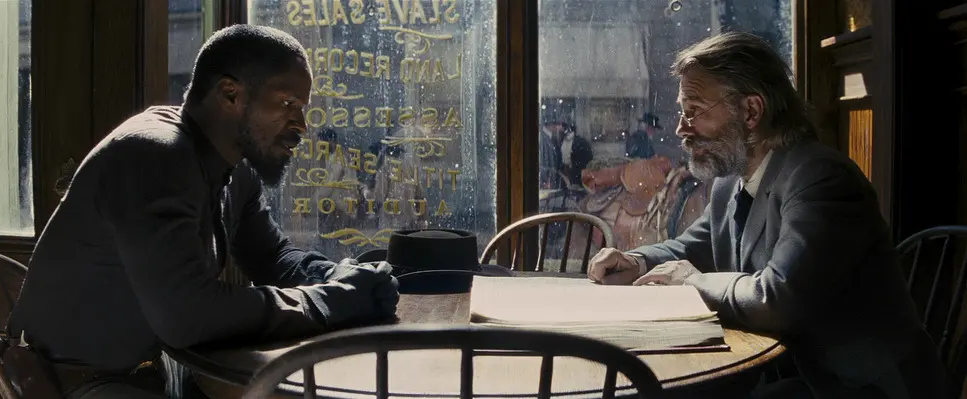
Django Unchained • Cinematic lighting setups
Motivated light sources are important for creating cinematic images and worlds that make sense to an audience. It is a tool that not only exposes a scene, but tells an immersive story. Whenever you set up a light, ask yourself “What is motivating this light? How can I justify its presence to the audience?” This simple question will help you create more interesting and effective lighting setups.
UP NEXT
What is practical lighting?
Like we mentioned above, one of the best ways to create motivated lighting is through practical lighting. What exactly defines a practical light? Learn more about practicals and why you should immediately incorporate it into your next project in our next article.
Up Next: Practical lighting explained →
Showcase your vision with elegant shot lists and storyboards.
Create robust and customizable shot lists. Upload images to make storyboards and slideshows.
